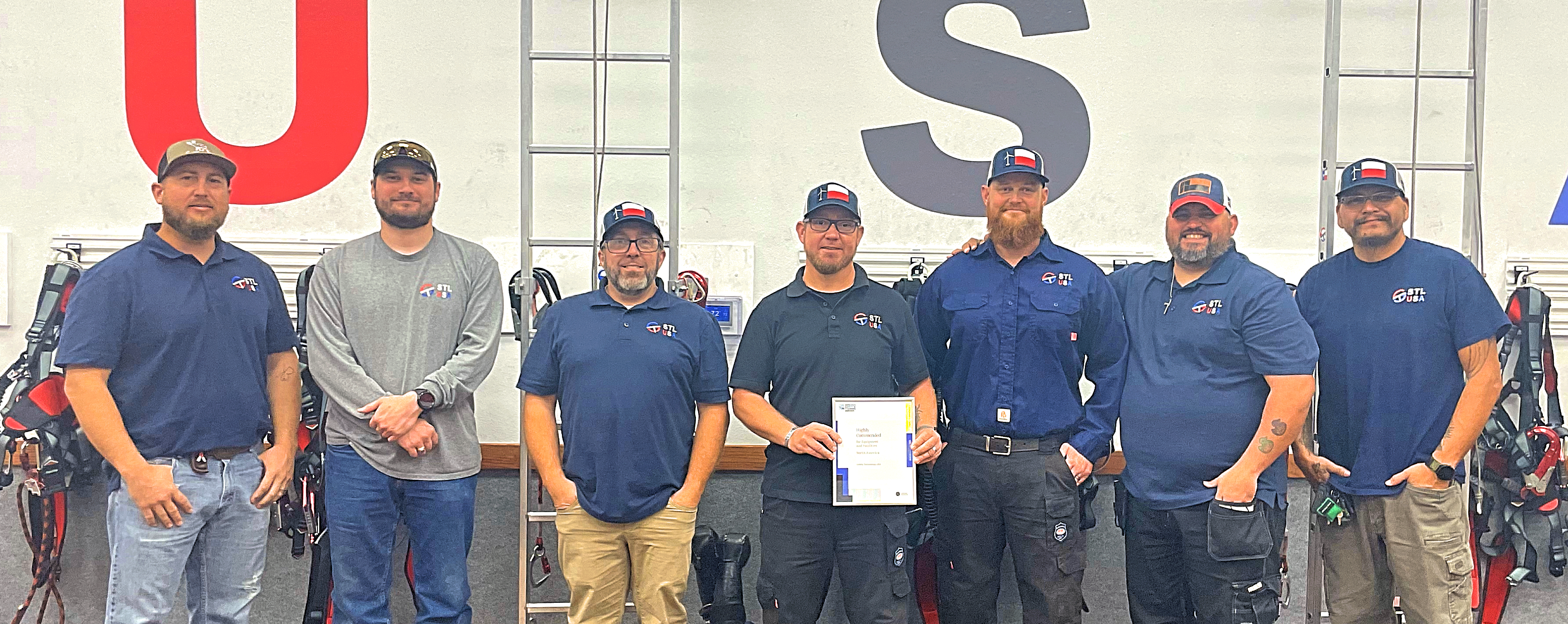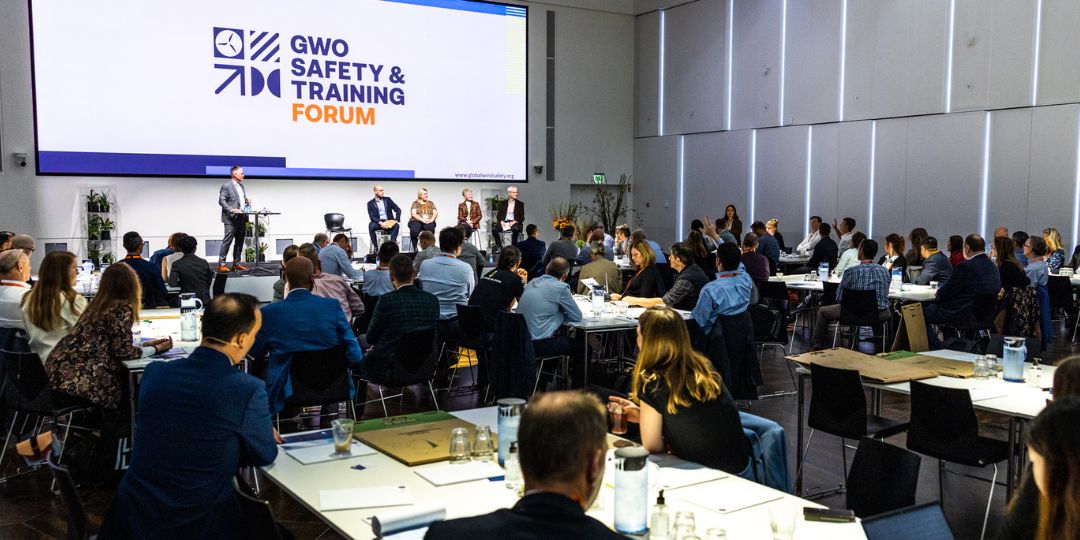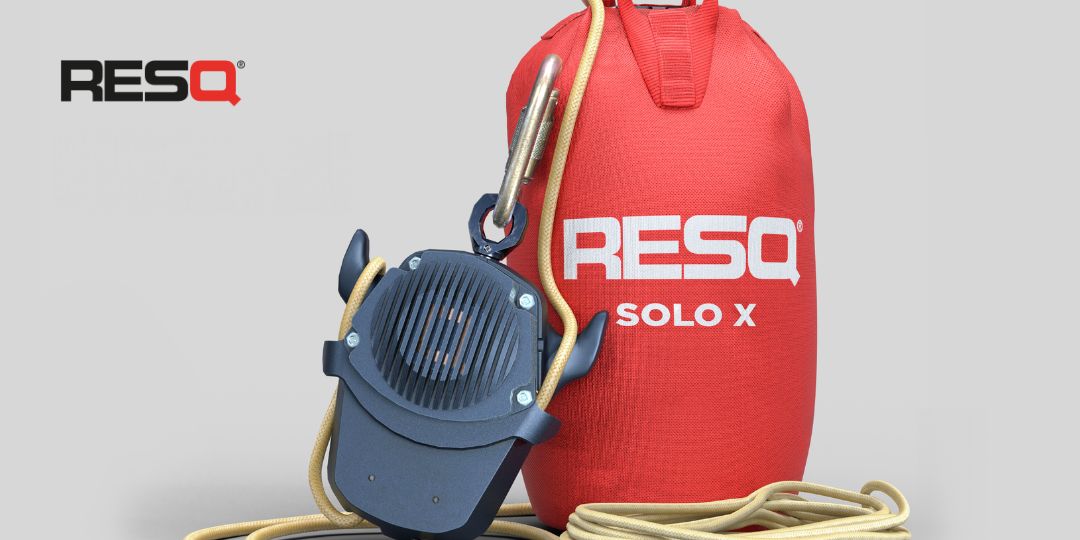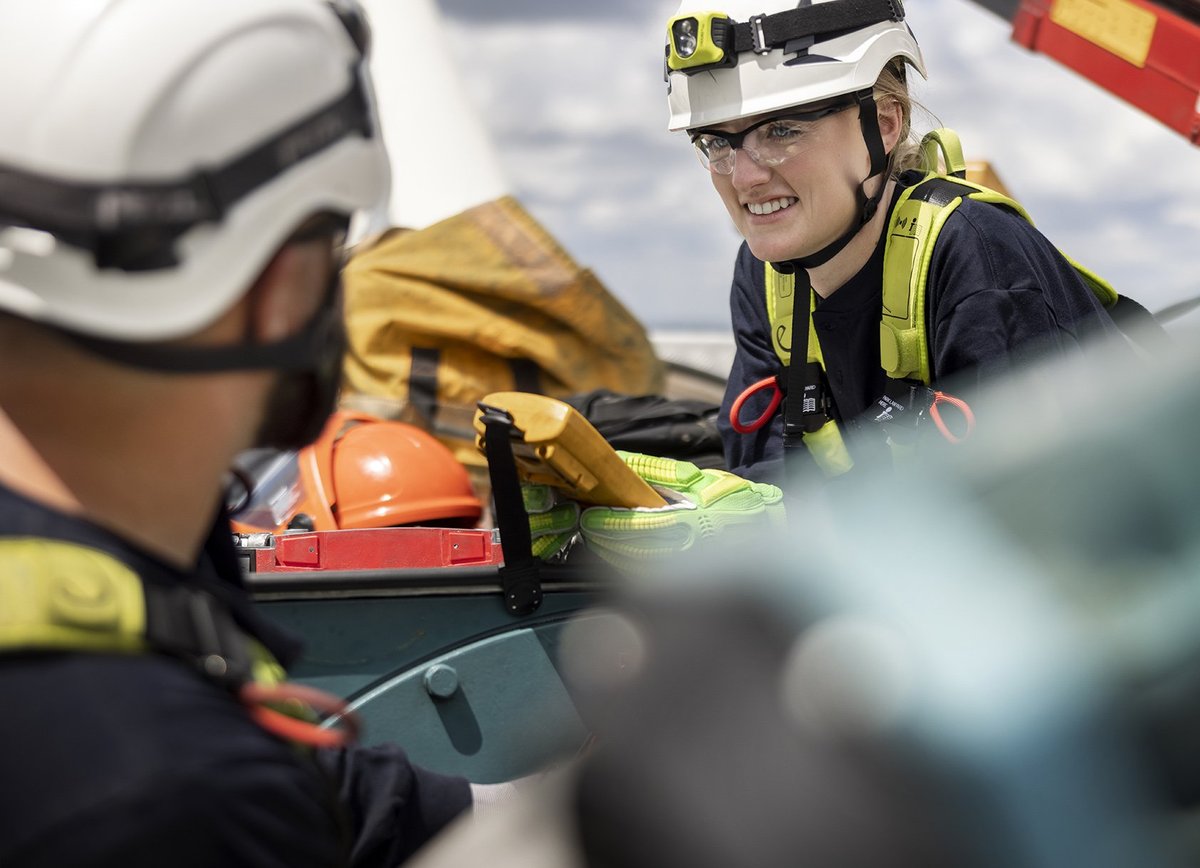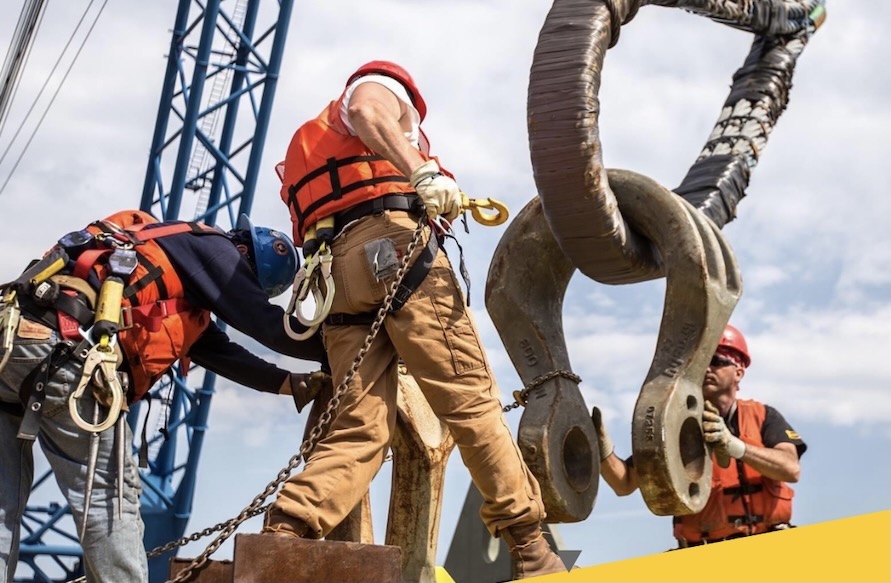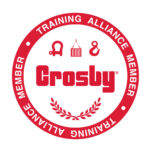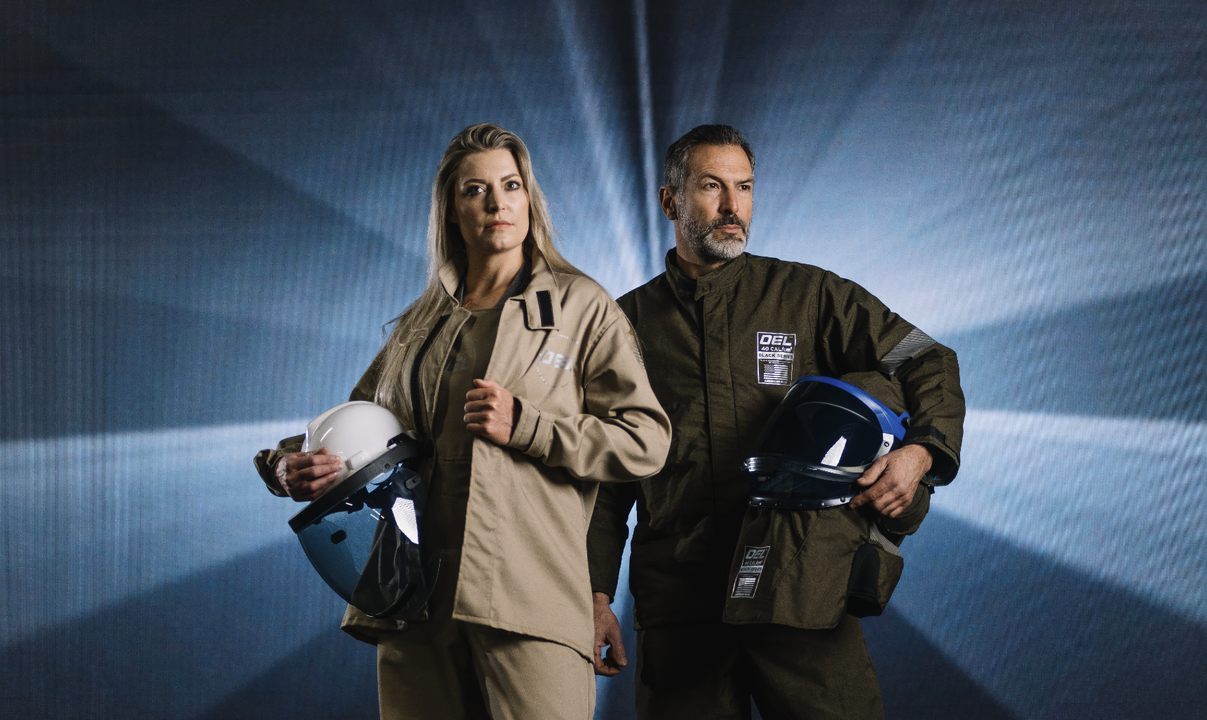Meet the real MVPs of STL USA
Last week, we shared the first half of ‘Meet the Team’, giving you the opportunity to get to know some of the incredible people that make STL USA so great. We are so very proud of the people who work for us, we truly believe that they are the heart and soul of our business and what makes us such a success.
So, welcome to part 2, where we bring you more of the stories about our people, their backgrounds, passions and what drives them to play such a strong supporting role in pushing the wind sector on to bigger and brighter things.
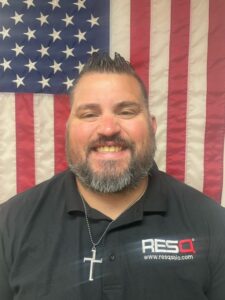
Cody Ramos – Trainer
“I was born here in Abilene, TX and went to Wylie High School graduating in 2006. In 2014, with no experience, I was offered a job as a glass worker at Binswanger Glass here in Abilene. It was there that I got my first real love for safety. I took my first ever OSHA class with them for General Construction and it opened my eyes to the different hazards and safety aspects of work that I never knew up until that point. After 4 years a friend of mine called me and said that his company Airway Services based out of San Angelo, TX needed people for a project in Colorado. It was a tough decision as me and my wife already had two kids at the time and I would have to move to Colorado for 10 months. I feel like I was called to take a risk and as soon as I said yes it all fell together perfectly and the following Monday I was a Wind Technician. Since then I can truly say I’d found a career as a travelling tech for Airway for 2½ years.
In May 2020 my growing family commitments pushed me to look at options that allowed me not to be on the road anymore. A training position opened up within the company and I applied and in October 2020 I officially became a safety instructor and haven’t looked back. I have been instructing now for 4 years, the last 10 months have been with STL USA here in Abilene. I feel this is a path I’ve been working on towards since I was in college.
For me, the things that set STL USA apart are that being an independent training provider, we get to influence the entire industry from your big OEM companies to the small start up companies and set them on the right path because all of us are ex techs who’ve lived the life, been 300ft in the air rolling around in the oil in the 120 degree heat of Texas summers or the blistering below 0 temperatures of Minnesota winters. When I train you to follow a procedure or to wear that piece of PPE I can tell you from first-hand experience why that needs to happen.
My biggest influence to becoming a trainer was my first ever instructor in wind. Cory Sowell, whom still works at Airway, probably pushed me harder than anyone. He showed me what it meant to be a true mentor and it’s not to fail someone because they see something differently than you do. It’s to make sure each and every one of your students gets 100% from you so they can give 100% back to their work and ultimately with the knowledge we give them as instructors as they carry it on, we save lives just by planting seeds.
I believe the driving factor behind the success of STL USA as an organization isn’t the badass training, the facilities, or the crude oil coffee that Brandon makes every morning; it’s the people working together to build a culture that we convey into the classes that we teach. We banter, sometimes we gripe and get frustrated, and sometimes we are so busy that we don’t get to speak much. But at any given moment, any one of us could text or call any of the others, whether it be about work or a personal issue, and I guarantee you someone here will be on the other end of that phone because at the end of the day what really matters are the people were around.”

Dave Baucom – Senior Account Manager Business Development
“I graduated High School from a small town in Ohio, Shelby Senior High in 1999, and went on to receive my Associate of Science (AS) from Ohio State University in Columbus Ohio for Business/Corporate Communications.
From there I got into the Automotive industry, starting out in sales and worked my way up to General Manager/Sales Director of a store, Finance Manager, Sales Manager and Sales Director.
I have always had a passion for and wouldn’t be the great salesperson I am today without all the hard work and determination over 24 years of sales and building relationships.
The reason I came to STL USA is because of my wife Kayce Baucom. To be honest I never really thought about doing sales for Wind before. However after I learned all about it and realized the exceptional work STL USA was doing, I applied for a sales role. I believe that with my knowledge of sales and building relationships with clients, I would be the perfect fit for this role. I believe in STL USA’s goal to become the best training center in North America. What I believe sets us above others is our trainers, we have an excellent team of trainers who are super helpful with students, they make learning fun. I have only been with STL USA for a few months, but I have always gotten excellent feedback from our clients about how wonderful the courses were and how knowledgeable the instructors are. I believe that we at STL USA are creating a powerful team that will help us grow in the future.
My wife and I are big outdoors people and things I enjoy outside of work are hiking, fishing, kayaking, biking, hunting and travelling. My bucket list of places to visit re Norway, Sweden, London, Ireland and Greece.”
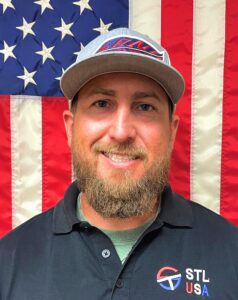
Keyon Demas – Trainer
“I was born & raised in Alabama. I graduated high school and then attended Trenholm Technical College for diesel mechanic school. I worked in that field briefly before deciding to start my career in the wind industry. In 2007 I made the decision to start this journey and I was contracted for 9 and a half years, working with different manufacturers doing O&M support, Commissioning, TFA, Quality, etc..
Then in 2016, I was hired on by a major manufacturer of new construction where I worked for 5 years on 12 new projects. I finally settled down in Texas on a site for Troubleshooting and Services for 1 and a half years. I have always enjoyed my job in the field and the knowledge I obtained, but knew I wanted to give back to the industry that has given me so much and to further my career in a different direction. I was offered a position with STL USA in 2023 and decided this would be where I could use what I learned from my diverse wind industry experience and put it to use here at STL USA. I enjoy working with the team here, working together to bring all types of field experience from Safety to Technical into the classroom. We strive on the importance of safety, because at the end of the day what matters most is the safety of all technicians.
My wife and I enjoy the outdoors (hunting, fishing, ATVs, dirt bikes, horses, and travelling with my family. We have two boys and I love spending time with them and coaching their little league football and baseball teams.”
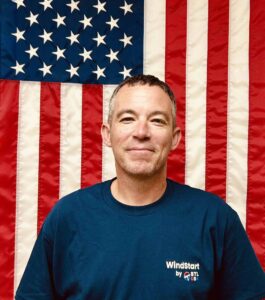
Jeremy McKelvain – WindStart Program Lead
Interested in training with the STL USA team?
Click the button to learn more

